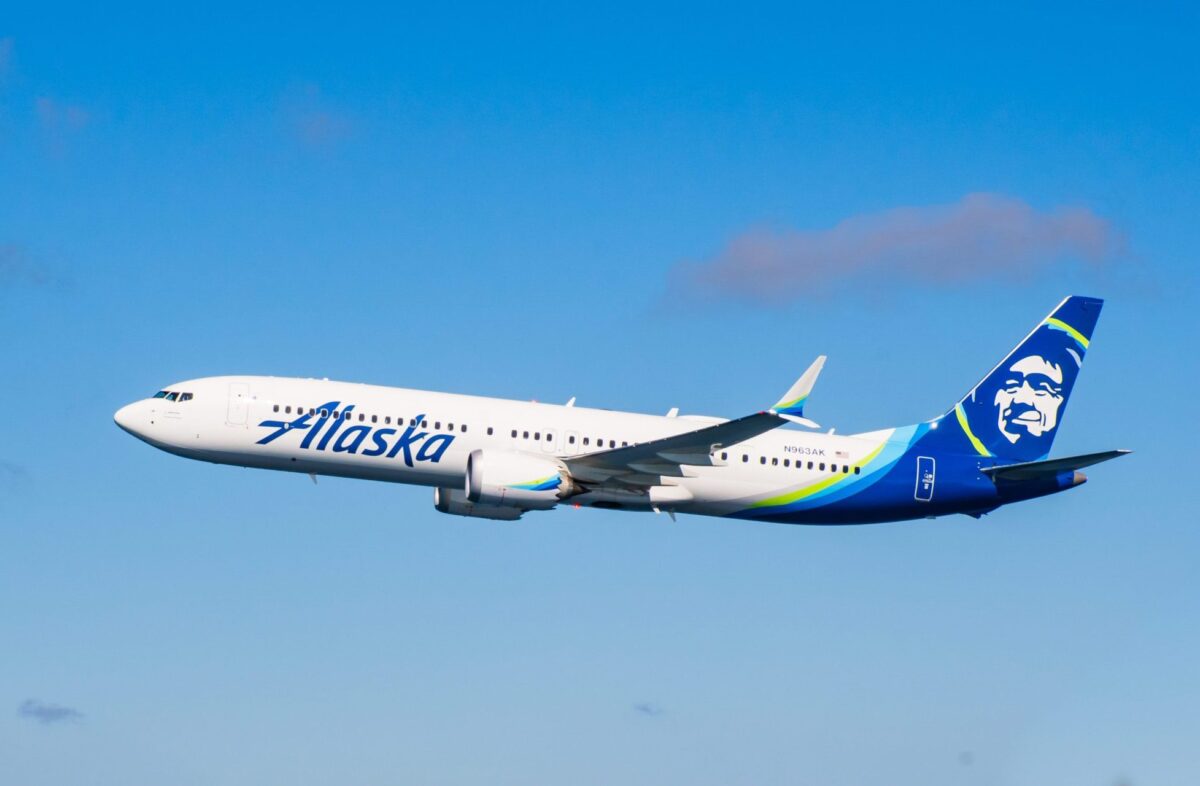FAA Chief Says Agency Was ‘Too Hands Off’ With Boeing Before Alaska Airlines Incident

Skift Take
FAA chief Mike Whitaker told a Senate panel Thursday that the agency had been “too hands off” in its oversight of Boeing before the Alaska Airlines blowout incident.
“FAA's approach was too hands-off, too focused on paperwork audits, and not focused enough on inspections,” Whitaker told the Senate Commerce Committee.
Now, the FAA is adding more inspections to its Boeing oversight, Whitaker said. In past years, the FAA had been criticized for outsourcing inspections to plane makers, a practice that came under scrutiny during the fatal 737 Max 8 crashes. As a result, Congress passed legislation to bolster the FAA’s oversight of plane makers.
This time, the federal agency has taken a harder stance on Boeing. After a door plug suddenly fell off an Alaska Airlines 737 Max 9, the FAA grounded the plane for nearly a month.
He added that the federal agency would continue its increased oversight of the plane maker, along with its supplier Spirit Aerosystems.
“It's the beginning of a long journey,” Whitaker said. “There must be a fundamental shift in the company's safety culture in order to holistically address its quality and safety challenges.”
Boeing Submits a Plan to the FAA to Improve Operations
Whitaker’s comments come after Boeing submitted a detailed plan to the FAA on how it plans to improve its production and quality control processes. Part of this plan included not accepting fuselages from Spirit that don’t conform to Boeing’s standards.
“We've already seen evidence that because of the enhanced protocols that are in place in Wichita, once we get fuselages under those new protocols and when they get to a factory, rework is lower, flow time is better,” said Boeing chief financial officer Brian West at the Wolfe Research Conference May 23. “We're seeing the benefits that we expected.”
The FAA is also unlikely to increase the production cap on the 737 Max 9 in the near future. In January, the agency restricted the production expansion of the Max 9 following the Alaska blowout.
“They are operating below that cap,” Whitaker said at the Senate hearing. “We are monitoring those. And we're monitoring the deployment of the steps in this plan.”
As part of Boeing’s turnaround plan, senior FAA leaders also plan to meet with the plane maker weekly to review performance metrics and progress.
The FAA Continues to Investigate Boeing
Whitaker also said the agency has multiple active investigations into Boeing and is processing a number of reports from whistleblowers. A Boeing engineer previously testified to the Senate subcommittee on investigations over alleged shortcuts taken in producing the 787 Dreamliner.
Boeing CEO Dave Calhoun is expected to testify to the Senate subcommittee June 18.
“I look forward to Mr. Calhoun’s testimony, which is a necessary step in meaningfully addressing Boeing’s failures, regaining public trust, and restoring the company’s central role in the American economy and national defense,” said Senator Richard Blumenthal, the chair of the subcommittee.
Airlines Sector Stock Index Performance Year-to-Date
What am I looking at? The performance of airline sector stocks within the ST200. The index includes companies publicly traded across global markets including network carriers, low-cost carriers, and other related companies.
The Skift Travel 200 (ST200) combines the financial performance of nearly 200 travel companies worth more than a trillion dollars into a single number. See more airlines sector financial performance.





